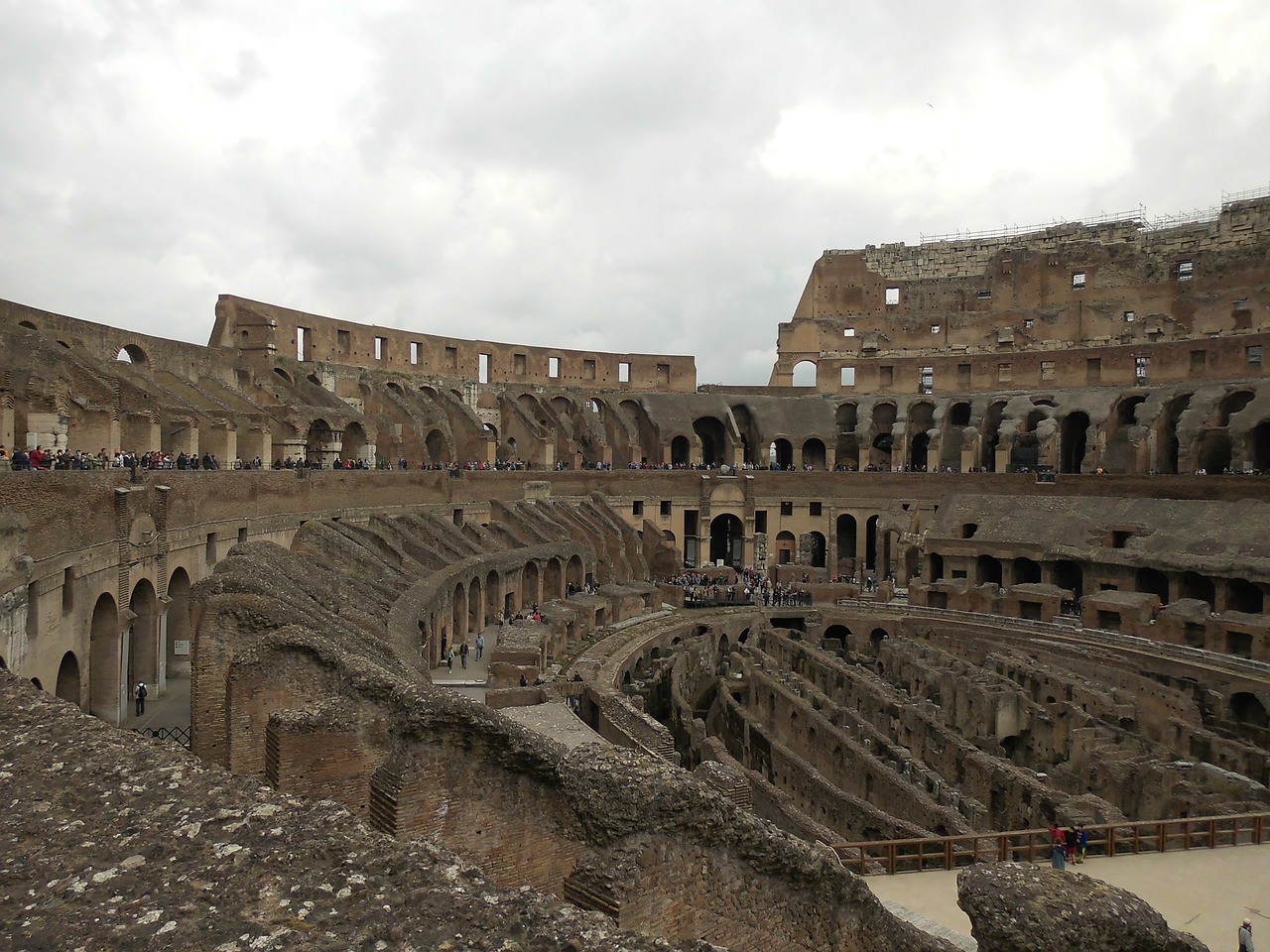G. Keith Still is a championed expert in crowd control and line management strategies whose resume includes crowd consulting work for events like the Hajj pilgrimage to Mecca and the 2008 Summer Olympics in Beijing.
11 years ago, Still took a walk through Pompeii stadium, the oldest surviving Roman Amphitheater, and he was amazed by what he saw. Although there seems to be a fairly strong presence of Greek and Roman influence in a lot of modern architecture, it’s pretty amazing to think that an expert like Still would believe that this structure built around 70 BC has a lot to teach us about designing a stadium properly.
Of course we all know of the possible disasters that can occur in stadium settings – stampedes, riots, crushes, mosh pits gone wrong, and so on. Sometimes there is little that can be done, but frequently these disasters result solely from a lack of strategy on the part of those responsible for controlling the crowds. This doesn’t always mean riot police either. It often means the people responsible for the the design of the stadium itself and the equipment used within it.
The reason Still was so impressed with Pompeii was largely because of its simplicity. He realized the amphitheater was part of the city’s design – very open and accessible, allowing for easy entrance and exit to and from the city. After all, the stadium sat 30,000 people, which was almost the entire population of the city.
In a more detailed article found on CSO Security and Risk, Scott Berinato outlines a number of major aspects about Pompeii Stadium that exhibit its peerless design for crowd control, and if interested in a further explanation, this article is definitely worth reading. Right now, we’ll give a brief explanation of each of those aspects for a basic understanding:
- Big Bathrooms: In a big space filled with lots of toilets, people are able to move freely in and out, which maintains constant crowd flow.
- Bathrooms and Concessions Outside of Stadium: Keeping bathrooms and concessions outside (but still near) the stadium means people going to eat or use the bathroom will not merge with those moving toward their seats.
- Openness of the Stadium: Not only were stairways and walkways wider at Pompeii, but the seats were twice the size. While we realize this poses a threat to returns and some stadium owners might be unwilling to sacrifice seating space, wider stairways and walkways are most certainly a viable option.
- Bigger Roads and Walkways: More space for walking and driving in and out of the stadium means less jams among cars and groups of people.
- Minimal Corners: Switchback walkways and stairways in modern stadiums produce corners, which in turn cause congestion. A more elliptical shape allows for people to get to the entrance or exit without slowing their pace.
- Limited Travel Options: According to the common crowd management theory of Braess’ paradox, with an increase in options comes a decrease in performance. In Pompeii there were 6 stairways leading in only one direction, and it appeared to work.
- Panic Restriction: Openness and proper communication reduce anxiety, while confinement and confusion produce panic. That’s why an open facility in addition to proper signs and lighting can really help keep a crowd calm and orderly.
When you really think about it – all of this makes perfect sense. Too frequently we ignore lessons from history because we believe we’ve gotten so much smarter and more efficient with the tools coming out of this technological revolution we’re experiencing. No one’s denying that this is true – but these are very simple ideas with even simpler execution opportunities, and G. Keith Still has illustrated that there are definitely procedures worth pulling from our friends of the past.
With the equipment available from LineLogic, the guys running Pompeii would have had an even easier time controlling their crowds. So take a step beyond the rest – go simple and go smart. Think about these basic schemes and get the equipment to accommodate them today!


